 27 January 2016
Interaction between protoplanetary disks and planets confirmed by astronomers using ALMA
27 January 2016
Interaction between protoplanetary disks and planets confirmed by astronomers using ALMA
... star less massive than the Sun, to confirm theories about the interaction between recently formed planets in protoplanetary discs. Using the Atacama Large Millimeter/submillimeter Array (ALMA), astronomers have observed a dust ring around a star...
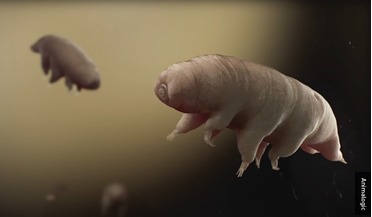 February 2022
Extremophiles as a blueprint for universal life
February 2022
Extremophiles as a blueprint for universal life
... that the supernova blast that initially triggered the formation of our solar system provided our protoplanetary disc with vast quantities of unstable isotopes such as aluminium-26 Today, sending a ‘genesis ark’ of extremophiles to distant bodies...
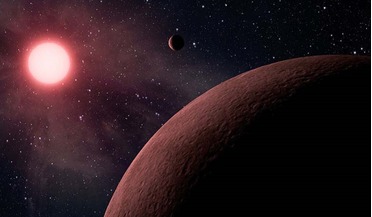 19 January 2016
Giant double-planet system around an evolved star detected by astronomers
19 January 2016
Giant double-planet system around an evolved star detected by astronomers
... the system in question. These resonances most probably arise from evolutionary processes as migrating planets forming in the protoplanetary disc become trapped. In our Solar System for example, it is known that Neptune and Pluto have a 3:2 resonance...
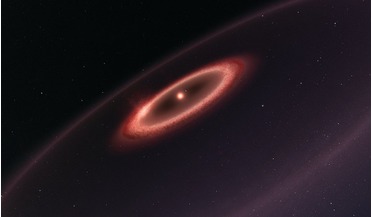 03 November 2017
Dust belt hints at more planets around our nearest star
03 November 2017
Dust belt hints at more planets around our nearest star
.... Further observations will give us a more detailed picture of Proxima's planetary system. In combination with the study of protoplanetary discs around young stars, many of the details of the processes that led to the formation of the Earth and ...
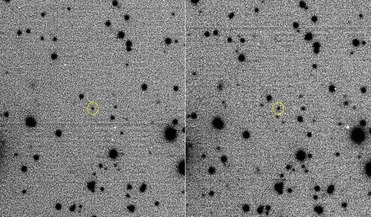 23 May 2018
First permanent extrasolar asteroid found near Jupiter
23 May 2018
First permanent extrasolar asteroid found near Jupiter
... somewhere out there in the vast emptiness of space, but so far it has eluded detection. So, before the nascent protoplanetary discs began drifting apart from one another, the gravitational pull of the planets could have allowed these...
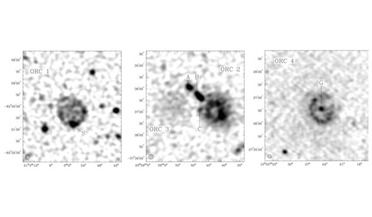 10 July 2020
An unexpected class of 'odd' circular objects found by astronomers
10 July 2020
An unexpected class of 'odd' circular objects found by astronomers
.... Given the nature of the cosmos, circular features crop up a lot in astronomical images; planetary nebula, supernova remnants, a protoplanetary disc or a star-forming galaxy seen face on - all of these appear as round objects on the sky when looked...